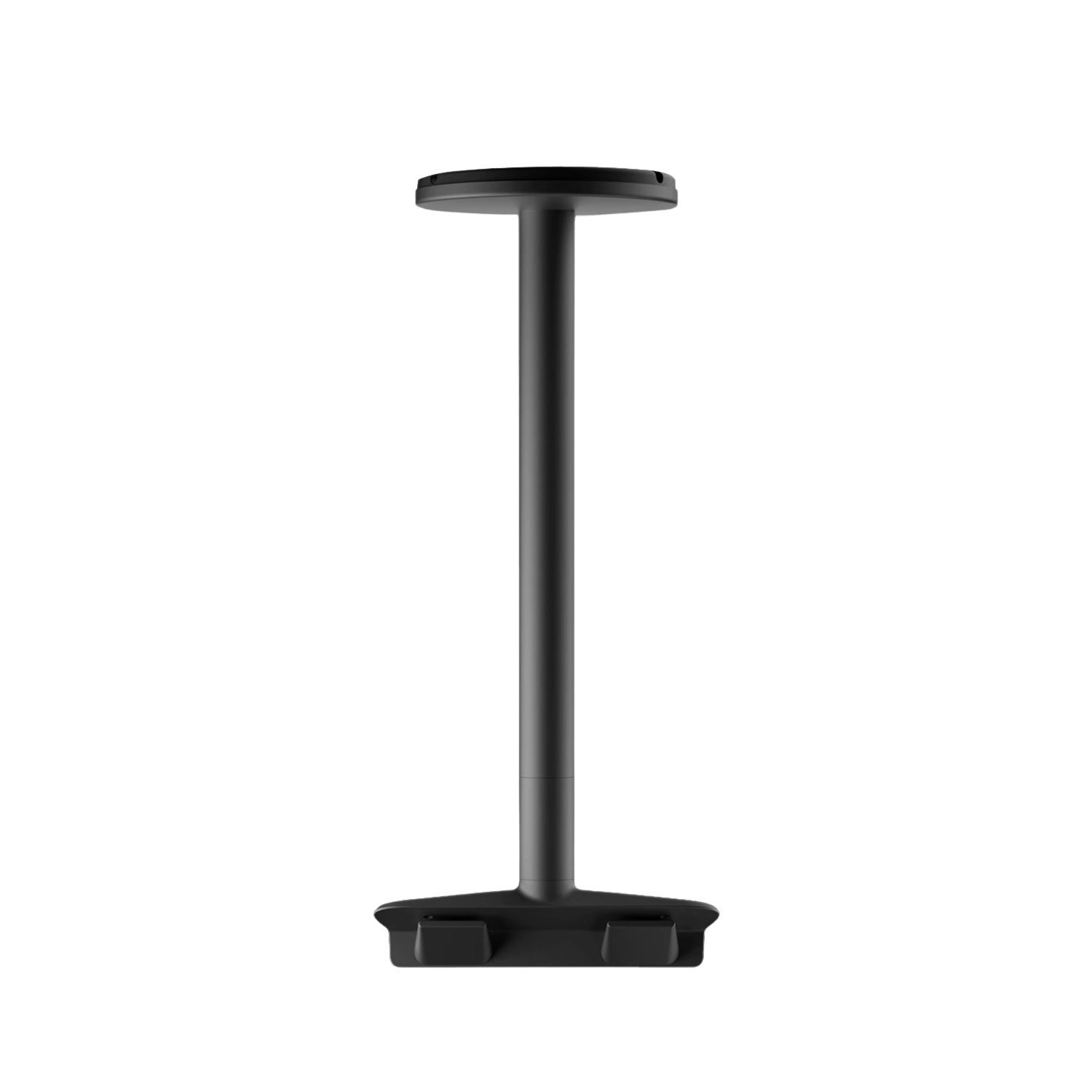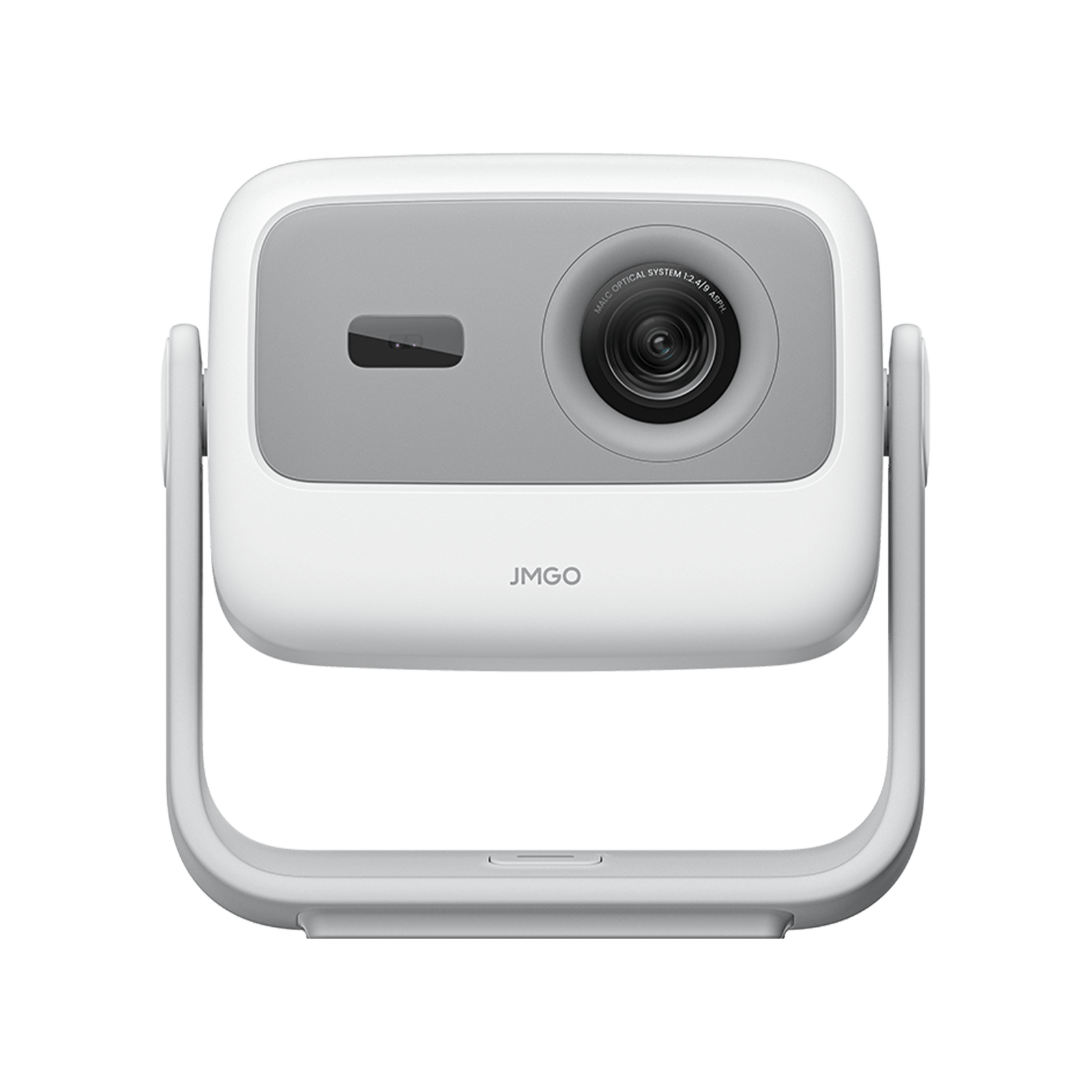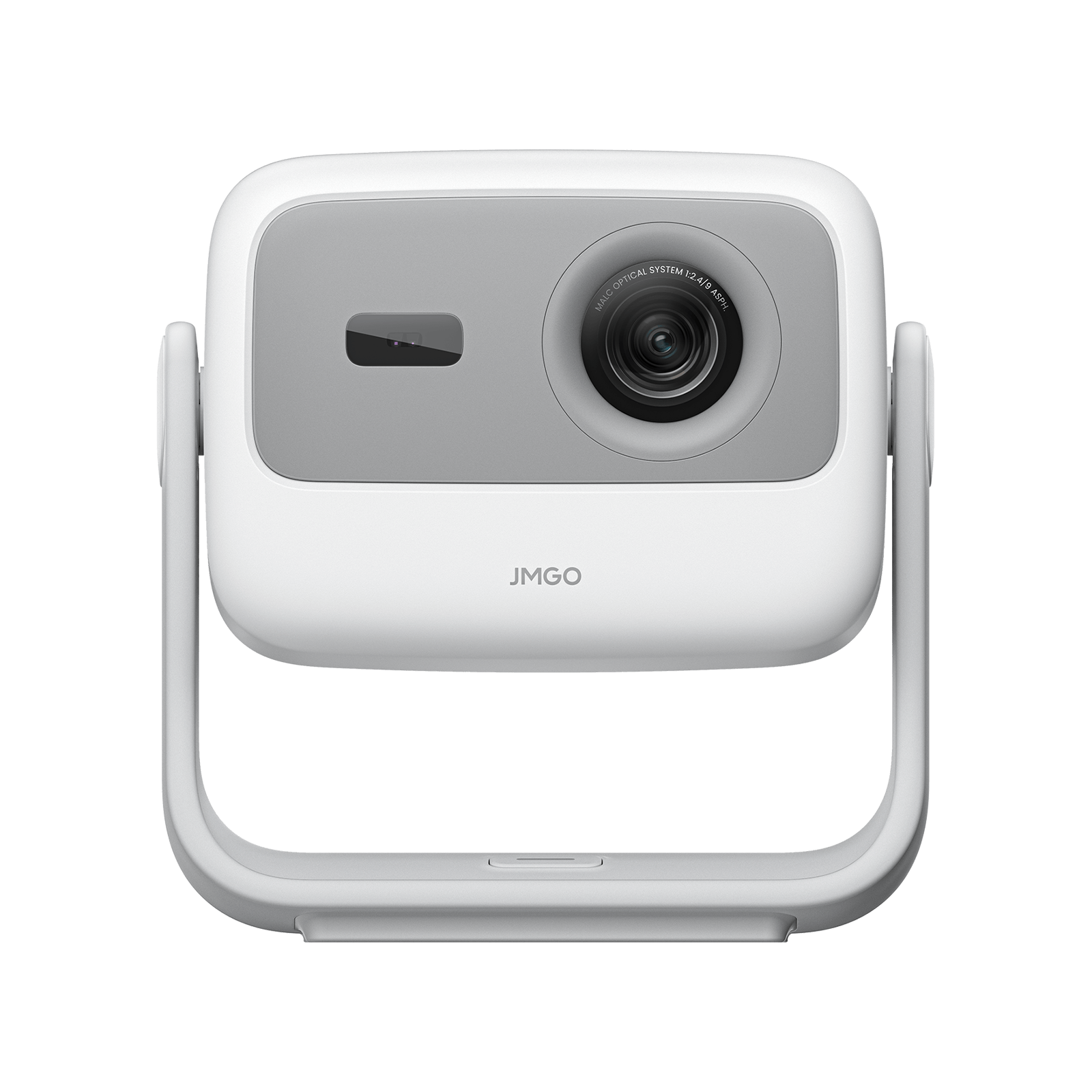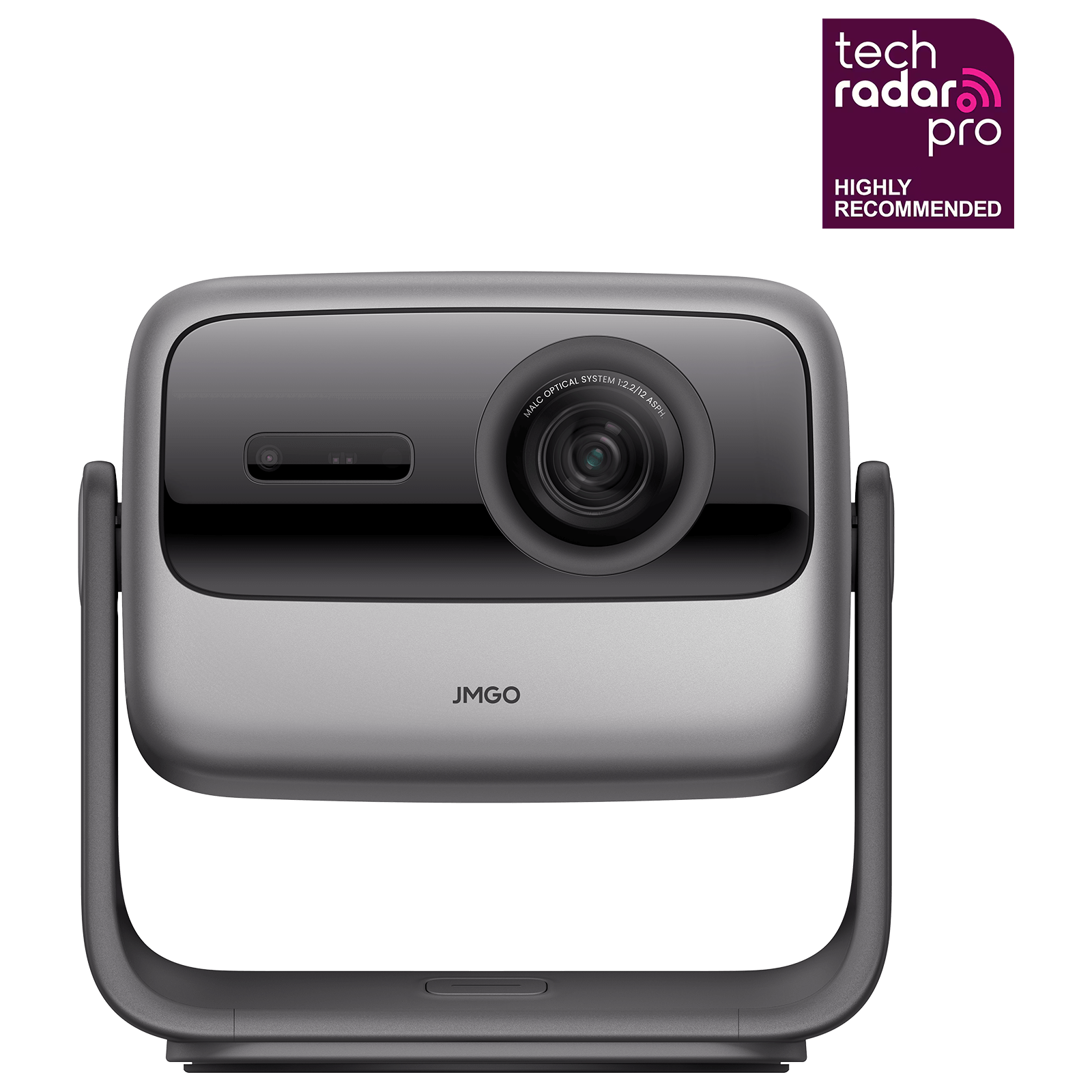Buying guides
Choosing the Best floor-rising Projector Screen for Your Home
A floor-rising projector screen offers a versatile and sleek solution for home theaters, especially in rooms where wall mounting isn’t an option. If you are looking to enhance your film-watching experience or simply want to design an all-encompassing entertainment space for your family, selecting the right floor-rising screen will be of utmost importance. For that purpose, this article will highlight essential factors to consider in narrowing down your search for the appropriate floor-rising projector screen for your house. 1. Space Considerations: Compact and Portable One of the biggest advantages of floor-rising projector screens is their compact design. They can be put away when not in use, making them suitable for limited spaces or convertible rooms. While choosing a screen, consider the space available in your room. Floor-rising screens are perfect for those who have limited wall space or for tenants who are not allowed to put up permanent screens. Imagine that you are positioning your projector in the sitting room, the bedroom, or in an open environment. In such a case, a portable floor-rising projector screen allows one to create a home theater in any given area. Look at this appropriate model whereby it is not difficult to move around as well as assemble it. 2. Screen Size and Aspect Ratio: Getting the Right Fit Selecting an appropriate screen size is essential for providing a satisfying viewing experience. The dimensions of your projector screen should correspond to the distance from the audience to the screen. If the screen is excessively big, it can dominate the area; however, very small screens can restrict the viewer's ability to engross him or herself in the content. For home theater purposes, the typical aspect ratio is 16:9, which is perfect for watching films, TV, and streaming activities on a widescreen. But if you are a lover of old movies or any content that is shown in a 4:3 format, then it would be fitting to use stretchable screens that will enhance any footage presented. 3. Material and Gain: Brightness Matters The quality of screen material and the overall viewing experience are directly correlated. It follows that one would wish to utilize a particular material that augments the image created by the projector. For example, matte white screens are quite common due to the attributes of such materials which are able to reflect the light uniformly across the surface of the screen- thus producing images in different light conditions with clarity. While performing an evaluation of the materials available, do not forget to check the screen gain rating as well. Gain refers to how much the screen reflects- higher gain screens (1.5 or above) are perfect for brighter rooms, while low gain screens (below 1.0) are used in darker shades where more contrasting and deeper colors are required. 4. Tensioning System: Say No to Wrinkles Wrinkles or waves in the projector screen can severely distort the image, making viewing uncomfortable. In order to achieve a completely flat surface for your projection, it may be wise to purchase a projector screen that rises up from the floor with a tensioning system. A tensioned screen often supports the fabric when stretched through the use of poles or cables so that it remains flat and free of wrinkles, improving the picture quality. While non-tensioned curtains may cost less, they are much more likely to sag or warp after some time. Tensioned screens, however, make the most effective and enduring investment in clarity. 5. Ease of Use and Setup: Motorized vs. Manual Floor-rising projector screens come in both manual and motorized options. Some screens require the user to physically pull them up or down, while there are others that have a mechanism that allows for operation with the push of a button. It is a fact that manual screens are cost-effective, but motorized screens are easier to use, especially for those who wish to use the projector frequently. With motorized floor-rising screens, you may build smart home systems where the entertainment projector screen will be unified with the other entertainment control components. Should convenience be a priority for you, choose a motorized screen that can be controlled by remote control or smartphone applications. 6. Durability and Build Quality: A Long-Lasting Investment Buying a projector screen is investing in something you want to use for many years. So, pay attention to the floor-rising screens manufactured with durable materials that can tolerate wear and tear from frequent use. It is advisable to look for screens that come with robust cases or frames, as this will protect the screen even when not in use, allowing for more prolonged usage. When children or pets are present in the house, a more resilient screen becomes considerably more important in order to prevent any unwanted damage. In choosing your option, the strength of the casing and screen material ought to be the first consideration. 7. Brand Reputation and Warranty: Trust in Quality There are various types of projector screens available on the market, but not all of them are of the same quality. Always look for the best projector brand, such as JMGO. This is also the reason why the screen’s brand and the warranty period should not be overlooked. Reliable companies tend to produce better goods that are efficient in operation. Some of the leading brands when it comes to projector screen manufacturing offer warranties that last for several years and protect clients against manufacturing defects, hence allowing one to have uninterrupted enjoyment of a home theater. Always ensure that you have read reviews and gone through customer testimonials before making your final decision. Purchasing a motorized or tensioned projector screen, which is usually expensive, can be made more comfortable with a good warranty in place. 8. Price Range: Balancing Budget and Quality The price of floor-rising projector screens can vary widely based on features such as screen size, material, and motorization. It might be very inviting to settle for the least pricey screen on offer, but think of the bigger picture. When it comes down to a little more expense concerning a tensioned screen, a motorized screen, or a high-grade screen, it will enhance the experience and, more often than not, prevent the hassle of having to swap or upgrade the screen in the near future. Establish a budget before shopping, and weigh the features that matter most to you. Whether you’re looking for an entry-level screen for casual viewing or a high-end screen for an immersive home theater, there are options available for every price point. Final Thoughts Choosing the best floor-rising projector screen for your home requires careful consideration of space, screen size, material, and ease of use. By focusing on these factors and balancing your budget with the features you need, you can create a home theater setup that’s both functional and aesthetically pleasing. A floor-rising projector screen can be a beneficial addition in homes with space constraints or where wall-mount screens cannot work. The appropriate screen will not only provide an immersive movie experience but also help maintain the required flexibility of the living area.
Oct 08, 2024










